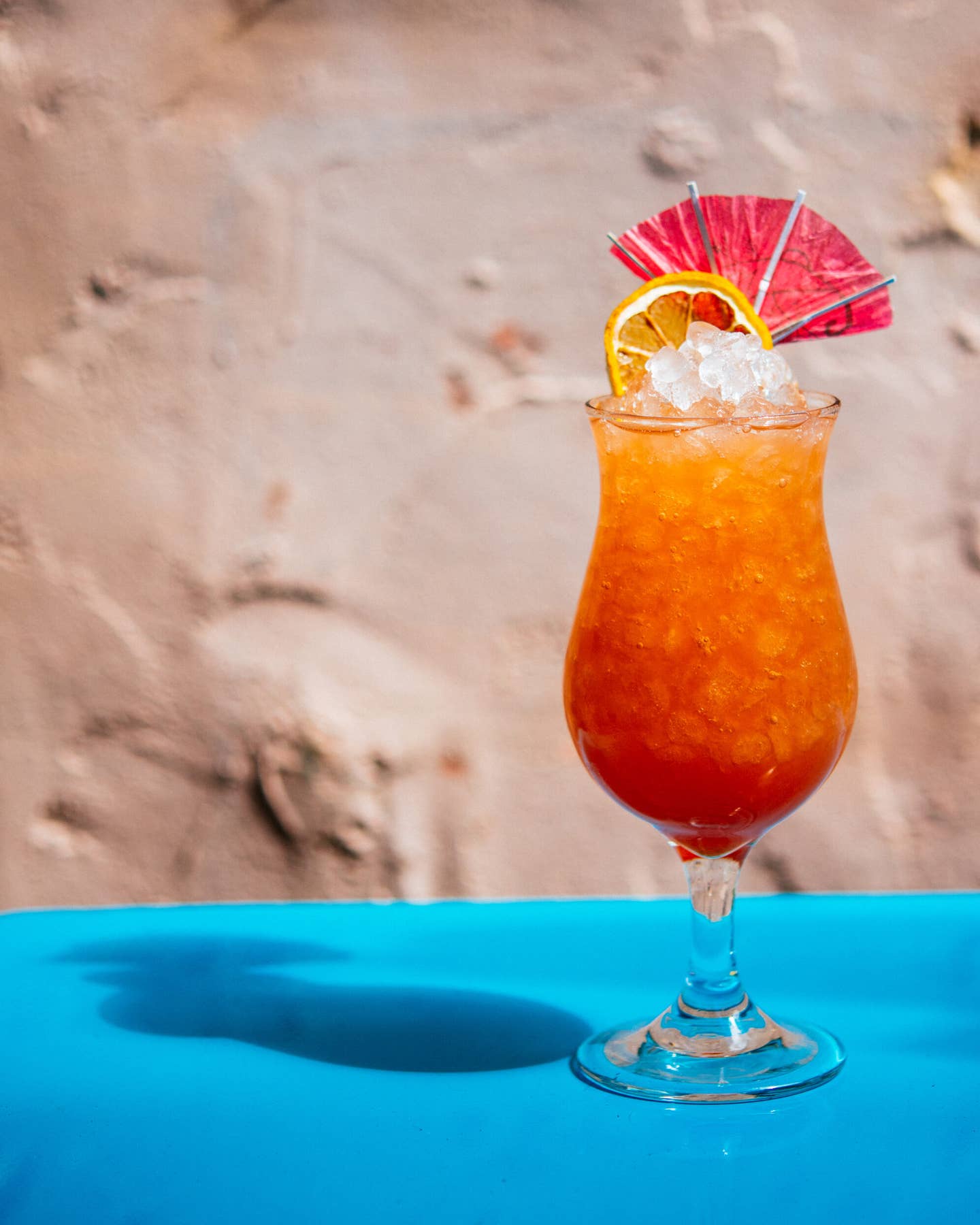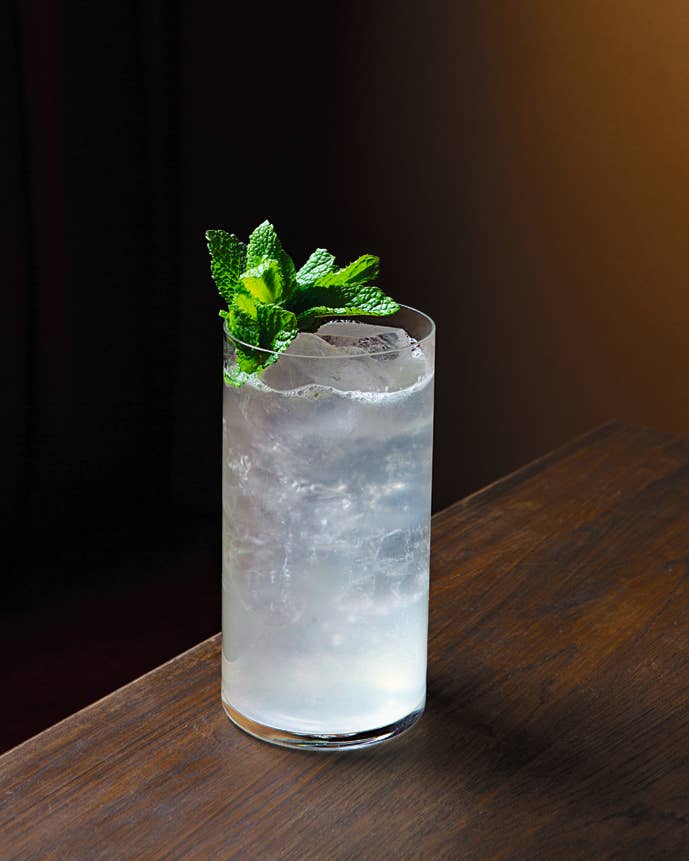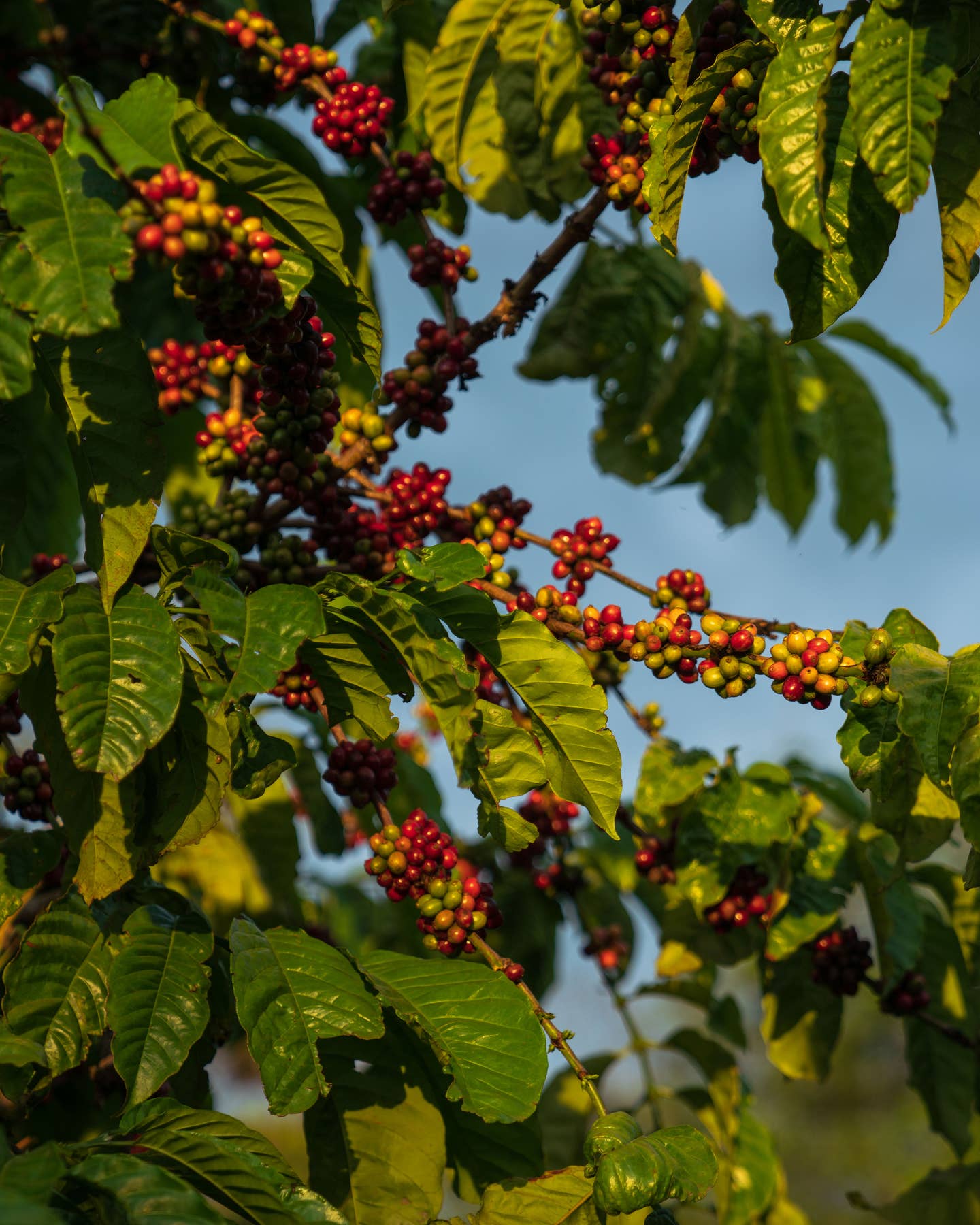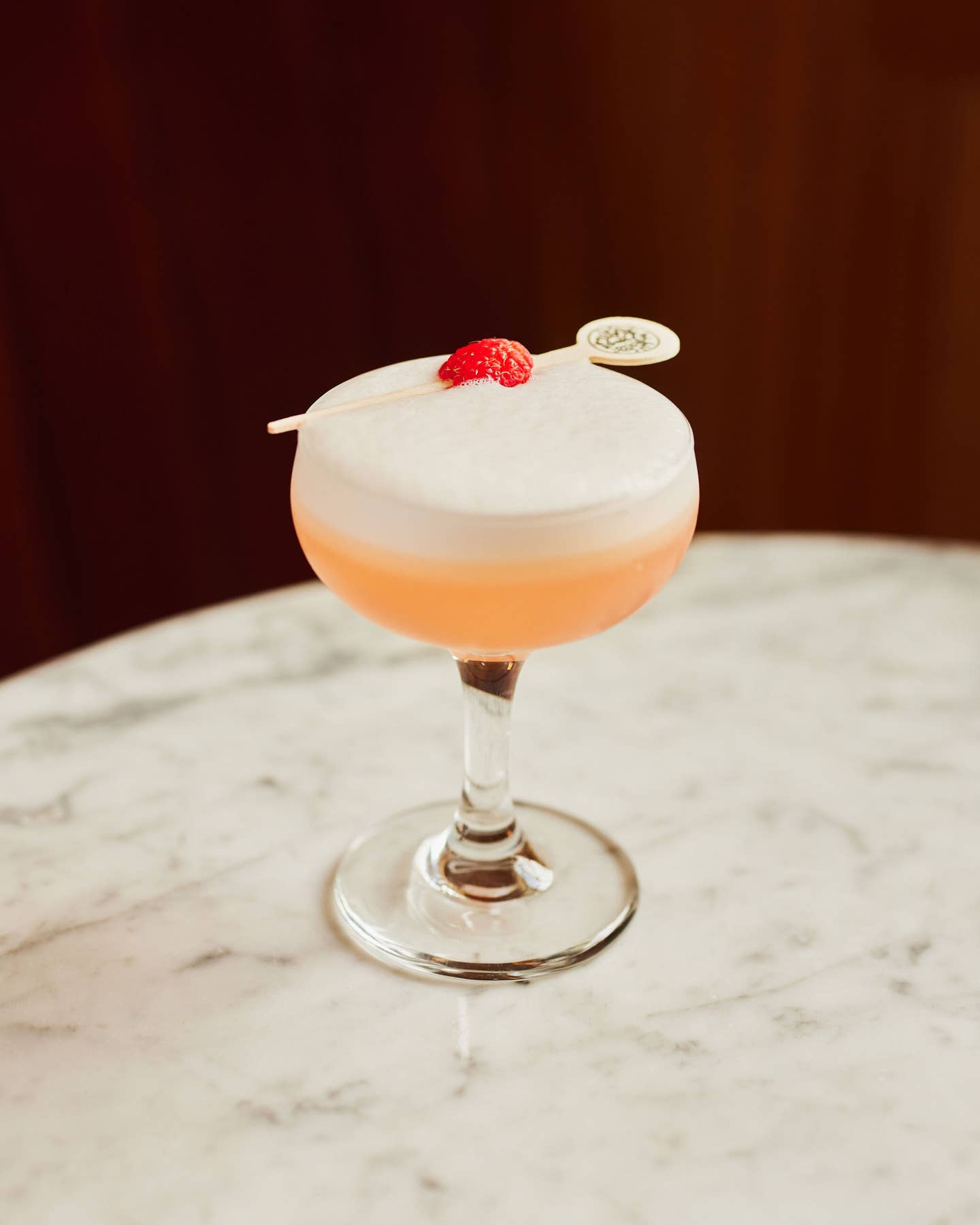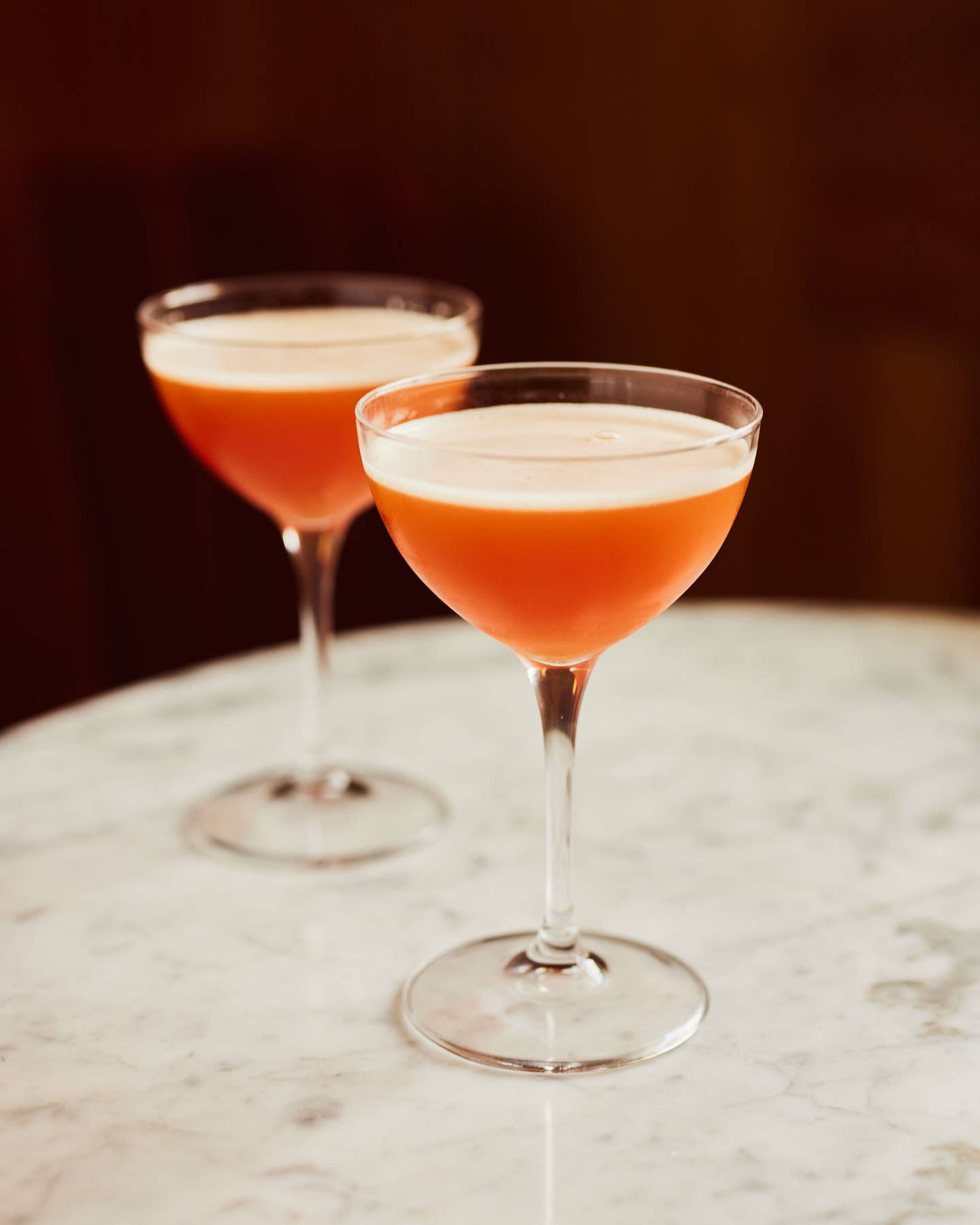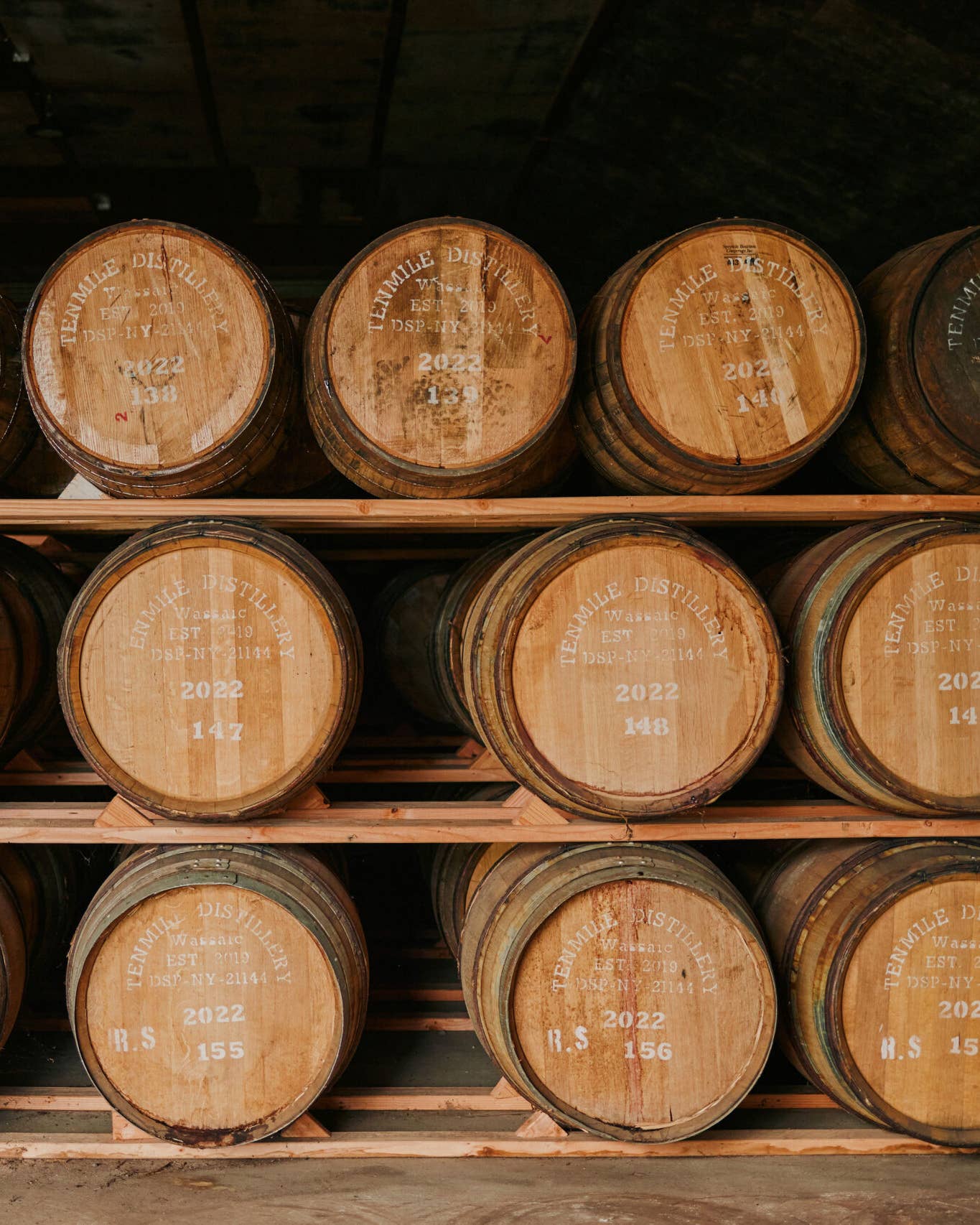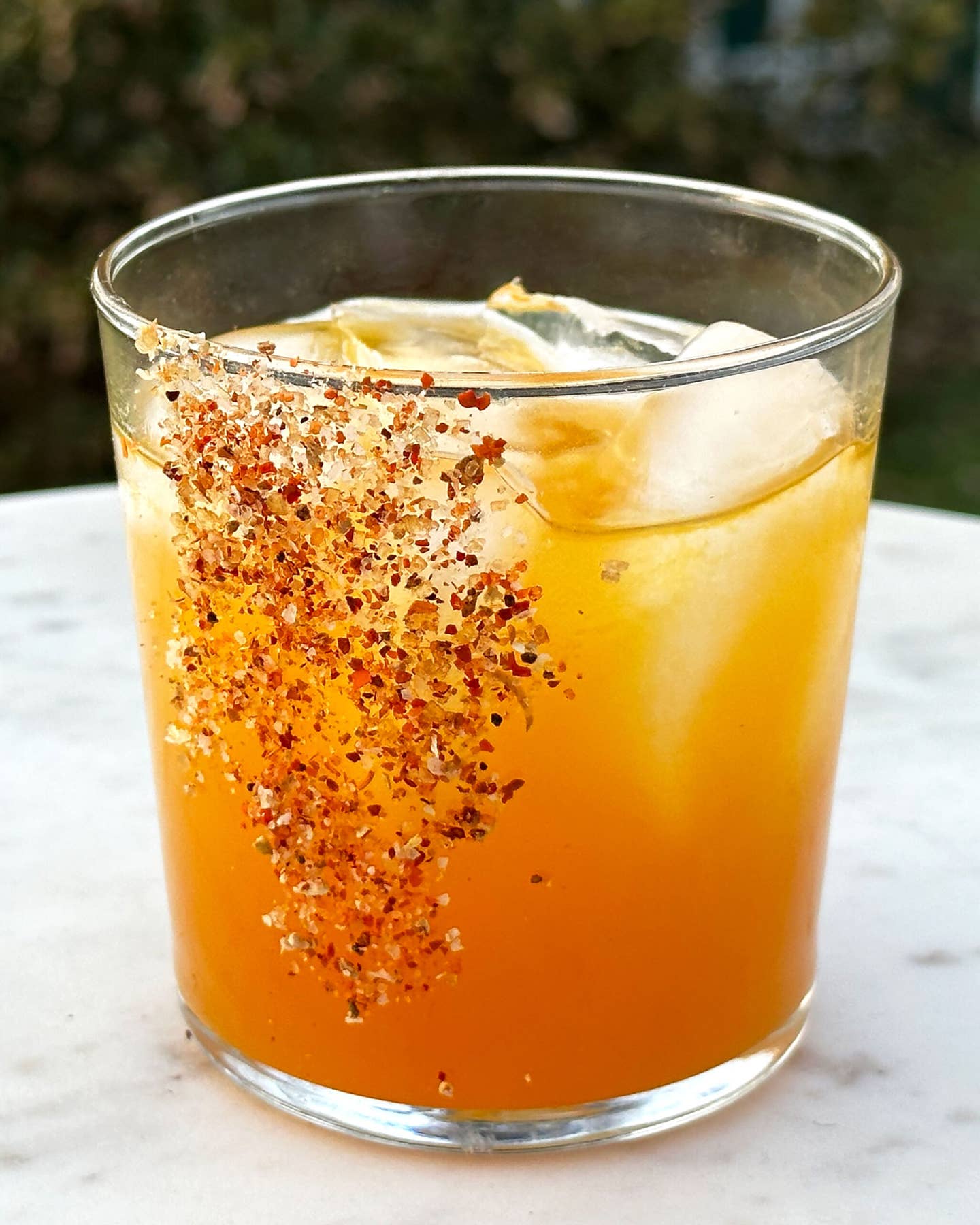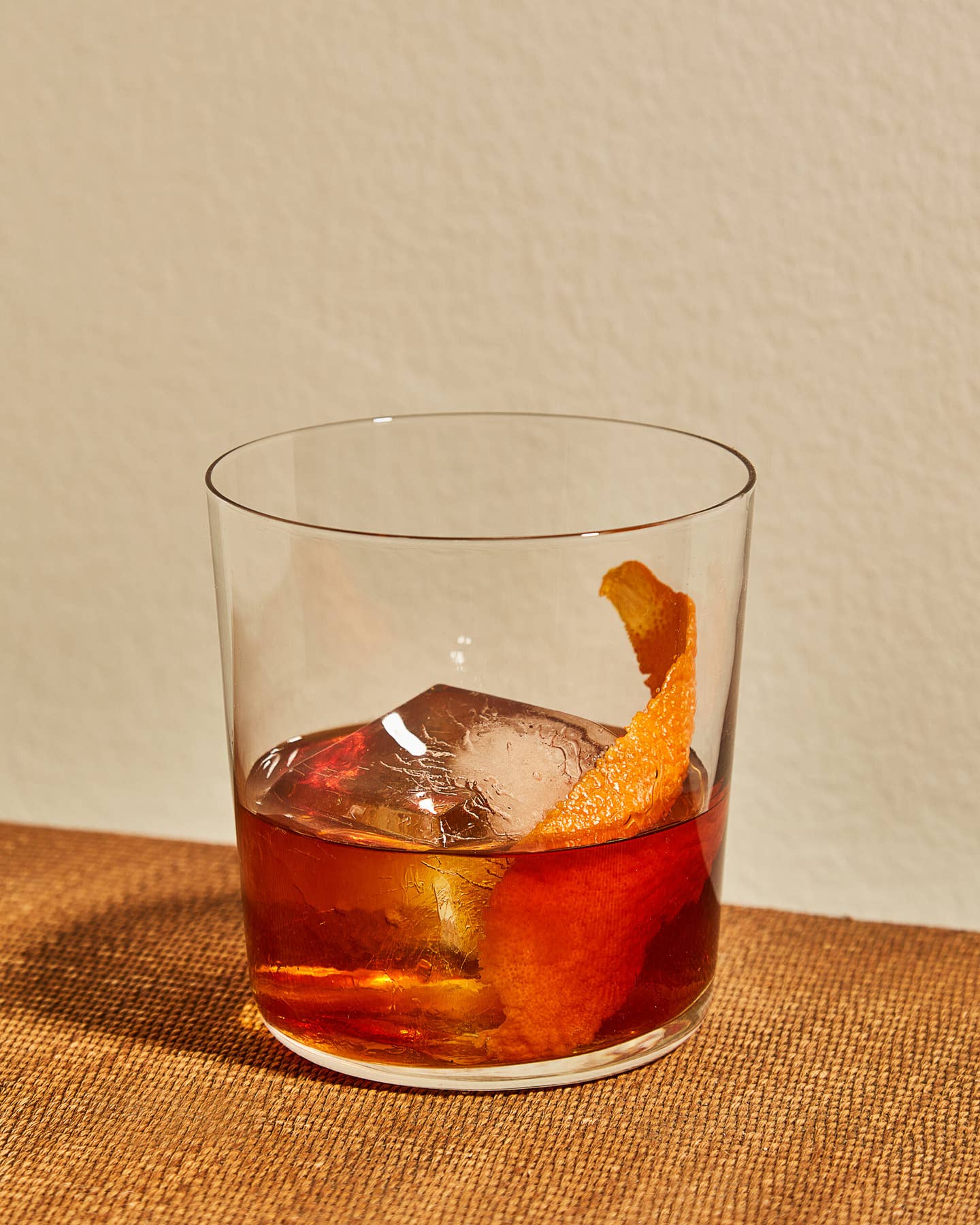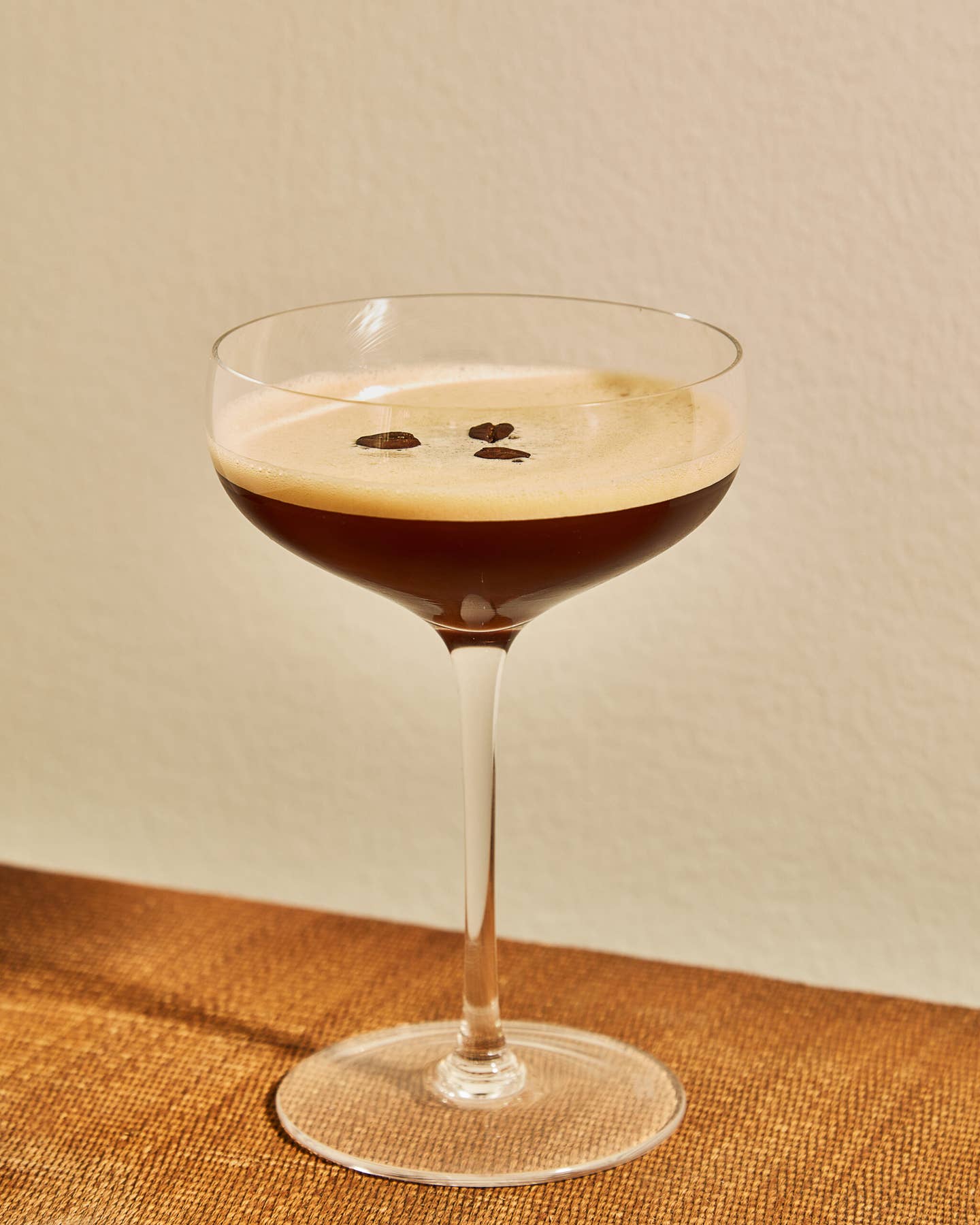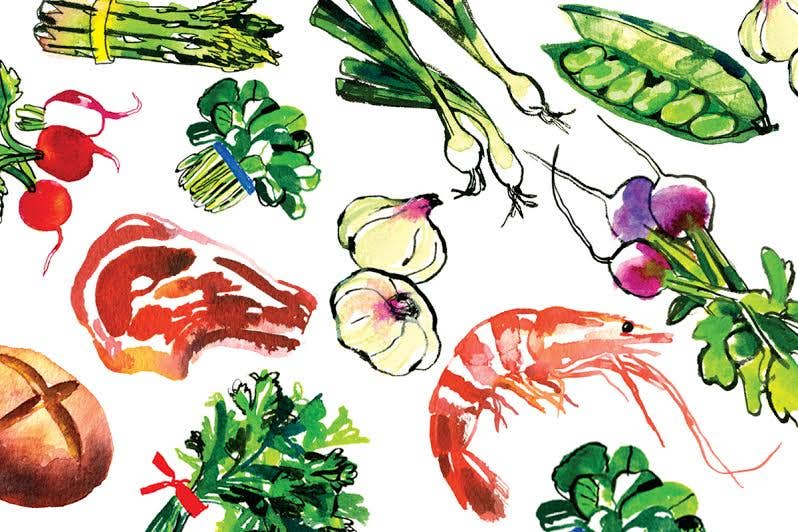
How Good is Cognac?
He who aspires to be a hero," Samuel Johnson opined, "must drink brandy." Boswell does not record which brandy Dr. Johnson drank, but by the 18th century, "coniac" was already esteemed as the world's best. In an age when most spirits tasted noxiously raw, this wood-aged distillate of wine from the Charente region of western France was renowned for its delicacy. Virtually alone among brandies, it did not have to be mixed with water to be palatable.
Cognac has long reigned as the world's most refined spirit. No other distillation of fruit or grain can equal a great example for its nuanced bouquet or its artful balance of power, subtlety, and warmth. Yet today, cognac's supremacy is being challenged—not by other spirits, but by the way it is being promoted: as a liquor actually designed, ironically enough, to be mixed with water, soda, even soft drinks.
The challenge is as clear as the eau-de-vie that trickles from the alembic pot still after a cognac's distillation. That harsh, coarse liquid, cut with water and colored with caramel, can be bottled and sold in a mere three years—but it has little to do with the cognac that has long been legend. Only time can make cognac great—the time the spirit spends aging, improving, and ever so slowly evaporating (thus both softening and concentrating) in oak barrels.
The Dutch, not the French, invented cognac as we know it. In the 17th century, merchants from Holland brought French wine home for distillation—and soon found that wine from the Cognac region produced a smoother spirit than that from anywhere else. Eventually, the Cognaçais began making wine expressly for distillation. As the product developed, the Dutch remained important customers—but the British market quickly became even more significant. In the 18th century, an Irish Catholic emigre named Richard Hennessy founded what was to become one of today's so-called Big Four cognac producers; a merchant from Jersey, Jean Martell, founded another. (The other industry giants are Courvoisier and Remy-Martin.) Cognac flourished for much of the 19th century, with demand often outstripping supply. A crisis came, however, when a vine pest called phylloxera reached the Charente in the 1870s. For two decades, while Cognac itself had virtually no wine to distill, fake cognac from Italy and Germany flooded the world market. The Cognaçais were outraged, and legislation to safeguard the name was soon passed. Nonetheless, it wasn't until after the two world wars that the industry began to revive.
Cognac producers based that revival on an aggressive pursuit of new markets—most notably in North America and the Far East. At the same time, though, consumption of cognac in France declined precipitously. Today, the U.S., Japan, Great Britain, Hong Kong, and Germany all consume more cognac annually than does the country of its birth—and Americans buy more than anyone else: nearly 28 million bottles last year alone.
The base wine for cognac is by itself weak and acidic—virtually undrinkable. Raw brandy is scarcely better. It is aging that transforms cognac's heat into gentle warmth, and its force into grace. This happens in two ways: First, chemical reactions between brandy and wood contribute flavor and color to the finished product; second, interplay with air softens and mellows the spirit. The process can be analyzed chemically: Oak imparts tannins and lignins—components that dissolve at different rates—to the brandy. Tannins contribute color and woody bitterness, lignins more appealing flavors such as vanilla and cinnamon. Initially, the liquid absorbs the tannins twice as quickly. It takes roughly a decade for the spirit to lose the heavy taste and smell of wood and then to begin developing hints of fruit and spice.
At the same time as it interacts with oak and air, cognac—like all spirits stored in barrels—evaporates, at the rate of about 3 percent each year. Because alcohol evaporates faster than water, the spirit gradually becomes weaker, so what starts at a hellishly hot level of 70 percent alcohol will, after half a century, have softened to around 40 percent. After four or five decades, the oak has nothing left to give. At this point, the cellarmaster transfers the cognac to large glass bottles called bonbonnes, or demijohns. These are stored in the producer's paradis, or treasury, their contents measured out in small portions for blending.
The longer cognac ages in wood, the less it needs to be cut with water, and thus the less its character will be diluted. Consequently, the major houses devote considerable assets to barrels and cellars. Martell, for example, manufactures its own casks, while Hennessy and Remy-Martin directly or indirectly own two of the biggest French cooperages—Taransaud and Seguin-Moreau, respectively. Buying or making thousands of barrels each year and maintaining a cellar, while allowing precious spirits to evaporate, obviously costs money. As a result, well-aged cognac is very expensive.
Young cognac is a different story. Its elements compete with, rather than complement, one another. Cognac producers seem to implicitly acknowledge the inferior nature of young cognac when they market it for mixed drinks—an alternative to gin, vodka, whiskey, or rum. A recommendation that consumers use cognac this way, Frank Prial noted recently in the New York Times, is "Strange talk coming from the people who boast of their special soils…their painstaking blending and the delicate tastes and aromas they produce."
The variables affecting the way in which cognac develops are numerous—how much time the spirit spent initially in new wood, the type of oak used, the temperature and humidity of the cellar, the age of the cognac itself, and the origin of the grapes. (Six crus, or subappellations, radiate from the town of Cognac itself, starting with the Grande and the Petite Champagne, then the Borderies, and finally the three Bois—Fin Bois, Bois Bons, and Bois Ordinaires. Each has its own character.) As Hugh Johnson notes, good cognac resurrects the taste and scent of wine and contains an uncanny fresh-grape sweetness—as if the very soul of the wine had been etherealized and condensed.
The way various cognacs are assembled, however, is also of paramount importance. "Greatness comes from blending," asserts Yann Filloux, the master blender at Hennessy and the seventh generation of his family to practice the art. Because old cognacs have so much more personality and individuality than young ones, blending becomes especially tricky with XO quality and above (see box, above left). Courvoisier, Hennessy, Martell, and Remy-Martin all have quite distinct XO styles—the product of marketing decisions as well as of tradition and inheritance. Martell's best cognacs, always with a high percentage from the Borderies, are invariably dry and crisp, with a nutty taste and a floral perfume. By contrast, Remy's finest, all from the Champagnes, taste smooth and silky. Hennessy goes farther down that path, emphasizing a round, lush style, while Courvoisier pulls back—its best cognacs seeming, if not austere, then always serious and substantial.
Because VS and most VSOP cognacs have not had sufficient time to develop real character or distinction, XOs—though they cost a pretty penny—also tend to represent the best value. In any case, the XO level certainly marks a significant leap in quality. Older, more prestigious offerings may be better still, but it's worth remembering that all cognac stops developing once it leaves cask and goes into glass. There is a far greater difference in refinement, for example, between Remy-Martin's ubiquitous VSOP and its luscious XO than there is between the XO and the firm's elite Louis XIII—in which the youngest cognac is 50 years old. The VSOP, however, costs roughly $35, the XO $120, and the Louis XIII (in its exquisite Baccarat decanter) $1,200. It's not hard to identify the best buy.
The Big Four's older offerings are as good as any, but they have competition from producers like Hine, which favors a clean, focused style; Pierre Ferrand, whose best cognacs are both robust and elegant; Marcel Ragnaud, an iconoclastic estate working from a single vineyard in the Grande Champagne; and Delamain, my favorite, whose style is light and ethereal. At this level, styles are different, but the cognacs have aged for so long and been blended so skillfully that they all provide a taste of paradise—and remain what cognac has been for three centuries: the world's greatest, most complex, and, yes, most heroic spirit.
Keep Reading
Continue to Next Story

